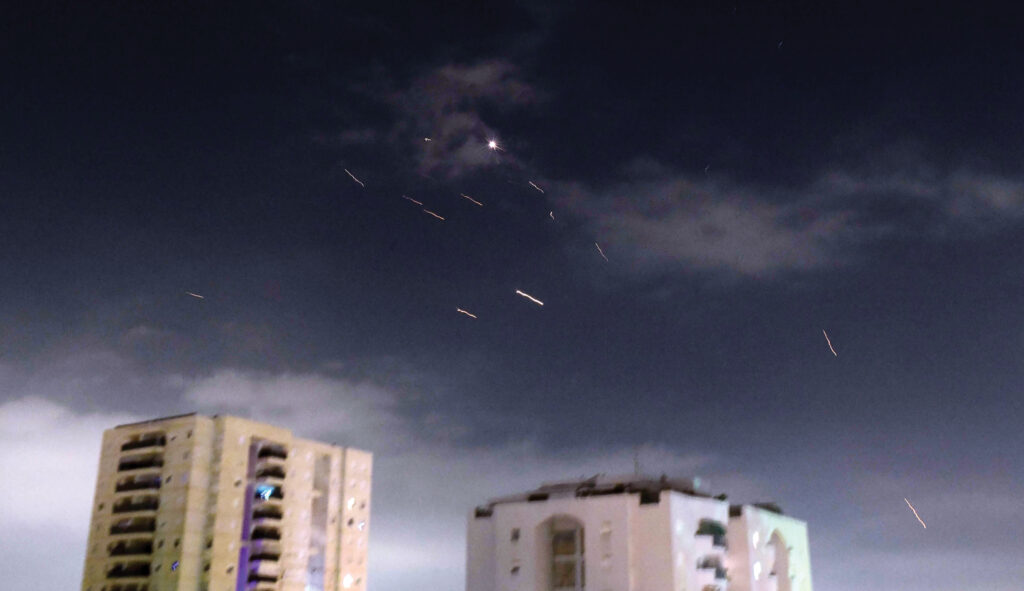Take Your Family On A Journey To Mars With Inspiring Space Doc ‘Good Night Oppy’
Aiming to foster interest in space exploration and robotics in younger generations, the team behind a new film took a novel approach. While keeping science in full view, “Good Night Oppy,” a documentary rolling out Nov. 23 on Prime Video, tells an inspirational story as it chronicles recent scientific breakthroughs.
“At NASA, you don’t have a lot of time to grieve the end of a mission, and you move on very fast,” said director Ryan White in a phone interview. “When you speak with these people, there was a catharsis happening.”
When NASA launched Mars exploration rovers Spirit and Opportunity in July 2003, engineers expected the robots to last 90 days. Instead, they lasted much longer — with Opportunity’s mission going for 15 whole years, capturing never-before-seen footage of the red planet despite massive dust storms and treacherous craters.
[embedded content]One actively working NASA research scientist, Abigail Fraeman, said their team of experts recognizes there’s only so much science one can effectively cram into a feature film. White’s emotion-driven approach serves “to tell a story that’s going to be resonant with the greatest number of people — and, I hope, inspire them,” she said.
The director and his team culled through more than 1,000 hours of archive footage, mostly shot by documentarian John Beck-Hofmann, who is co-credited as cinematographer on this film.
But the secret sauce of “Good Night Oppy” also multiplied its budget beyond a typical documentary: engaging VFX artists at Industrial Light & Film (ILM) to recreate the rovers’ Mars journey, including their landing and other dramatic scenes on the red planet.
“They took all the real images the rover collected, then turned them into these amazing worlds,” said scientist Fraeman, who is briefly seen in the movie. “It was really incredible to see the detail that filmmakers put into trying to make this realistic.”
Through new interviews and archive footage, the perspective of Mars Exploration Rover Project leader Steve Squyres and other dedicated astronomers begins to rub off on viewers. And it’s clear they regard these robots not as machines but as friends.
The Little Robot that Could
The storytelling angle of attributing human characteristics to a robot isn’t covert — after all, the title features the robot’s nickname, “Oppy,” and Amblin Entertainment’s “E.T.” logo is on the poster.
White contends the film is committed to accurately recounting events. The film notes that rovers were built to stand the average human height of 5 feet and 2 inches, with cameras positioned to look like eyes.
“Our mantra in the editing room was, ‘We can’t anthropomorphize the robots any more than these human beings are willing to,’” he said. “You would think scientists and engineers would be the exact types of personalities never to do that. But in all of our sit-downs with NASA staff, each one felt an affection for this robot that was undeniable.”
However, an opening sequence veers slightly into science fiction, according to Fraeman. ILM visual artists fly viewers from a
" Conservative News Daily does not always share or support the views and opinions expressed here; they are just those of the writer."





